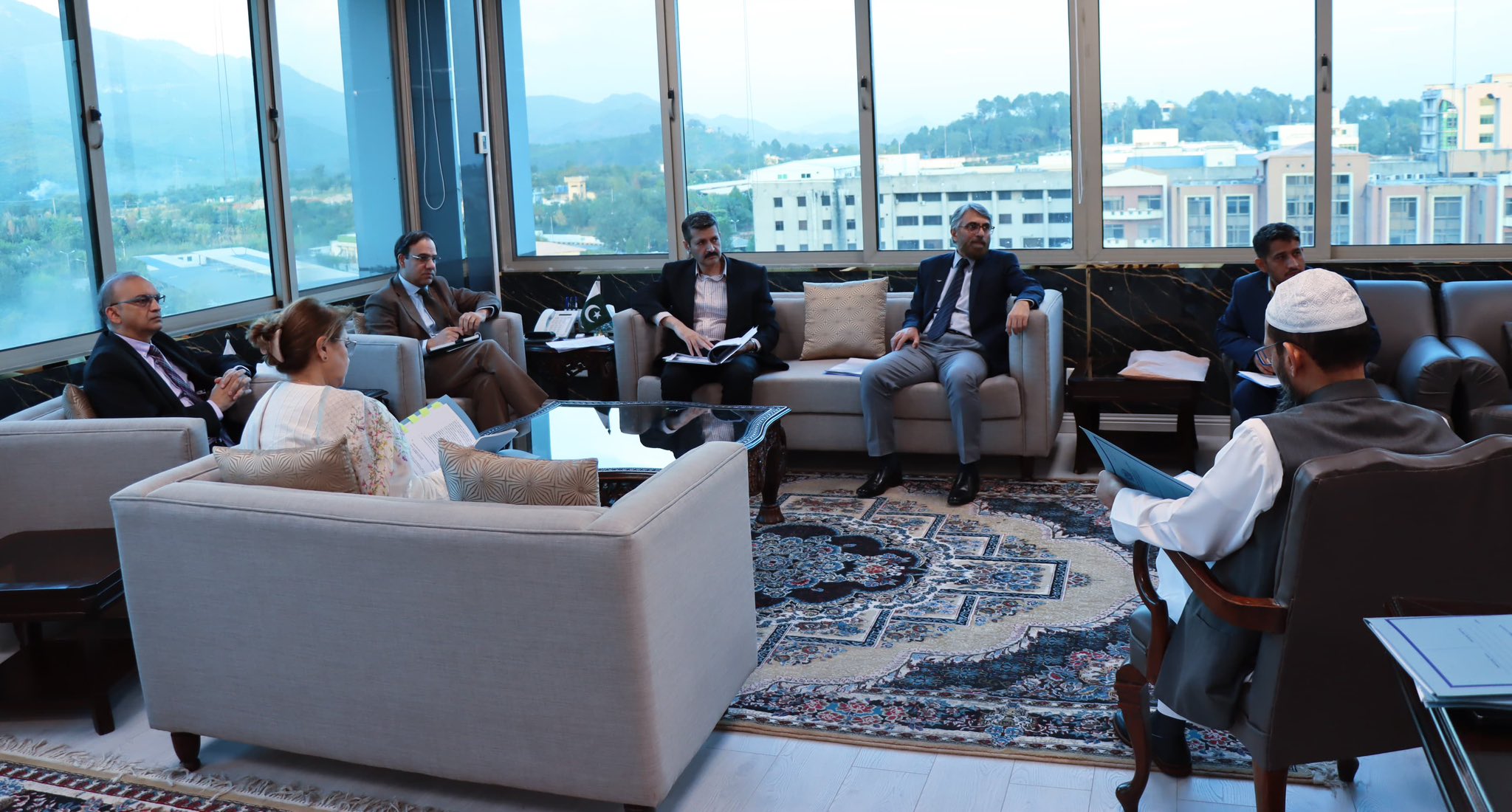On Tuesday afternoon, the Caretaker Federal Minister for Information Technology and Telecommunication in Pakistan, Dr. Umar Saif, underscored Pakistan’s commitment to formulating a well-balanced space policy, coinciding with its partnership with Beijing on a project aimed at establishing a research station on the moon’s South Pole.
While leading a meeting dedicated to finalizing Pakistan’s National Space Policy, Dr. Saif highlighted that this policy has the dual objectives of safeguarding the nation’s interests and harnessing the rapid advancements in the private sector, including innovations such as Starlink.
This meeting delved into in-depth discussions regarding the development of Pakistan’s National Space Policy, and it was attended by Secretary IT, Hassan Nasir Jamy, along with relevant authorities. Aisha Humera Moriani, the Additional Secretary of the Ministry of IT and Telecommunication, and senior officers were also present.
Recently, Pakistan entered into an agreement with China to collaborate on the construction of a research station on the moon’s South Pole, marking a significant development in their partnership. This agreement was signed during the visit of Caretaker Prime Minister Anwarul Haq Kakar to China, witnessed by Chinese Premier Li Qiang.
China has ambitious space exploration goals and is aiming to become a major space power by 2030. They have already established partnerships with Russia, Venezuela, and South Africa. Notably, China plans to land its astronauts on the moon by the end of this decade.
The construction timeline for the research station on the moon aligns with NASA’s Artemis program, which aims to return US astronauts to the moon by December 2025.
China is gearing up for its Cheng E6 lunar mission, scheduled for the first half of 2024. What adds significance to this mission is the inclusion of a Pakistani satellite among its payload.
The China National Space Administration (CNSA) recently announced on the social media platform Weibo that the Cheng E6 mission is on track for its journey to the moon. This mission promotes international collaboration by carrying payloads from several countries, including Pakistan, the European Space Agency (ESA), France, and Italy.
Among the scientific instruments aboard Cheng E6, French equipment will be utilized to test for radioactive gas. The ESA’s Negative Ion Detector and Italy’s Valle Brett Radar System will also be part of this lunar adventure.
A notable aspect of this mission is the inclusion of Pakistan’s CubeSat satellite, which will be deployed to orbit the moon.
















